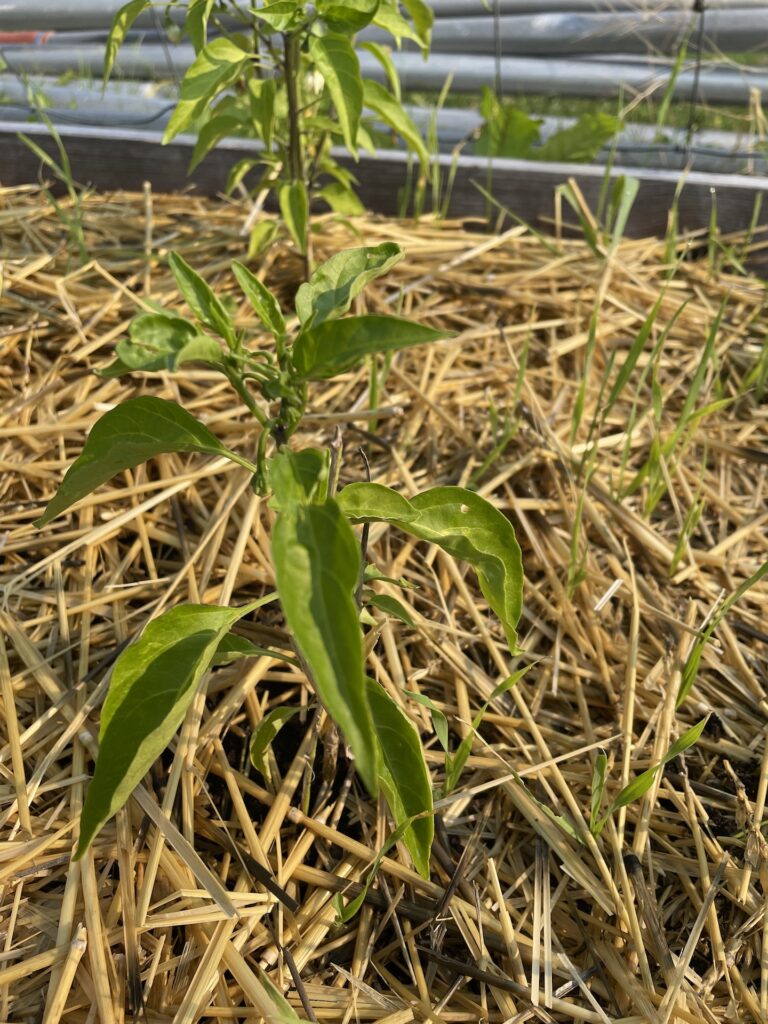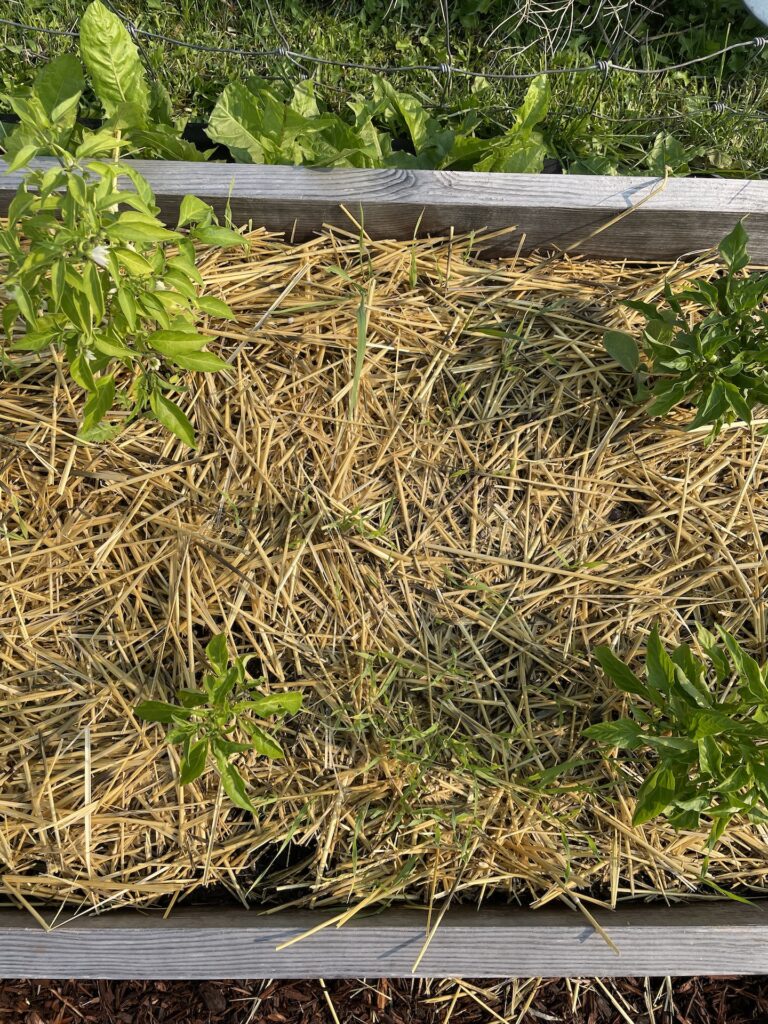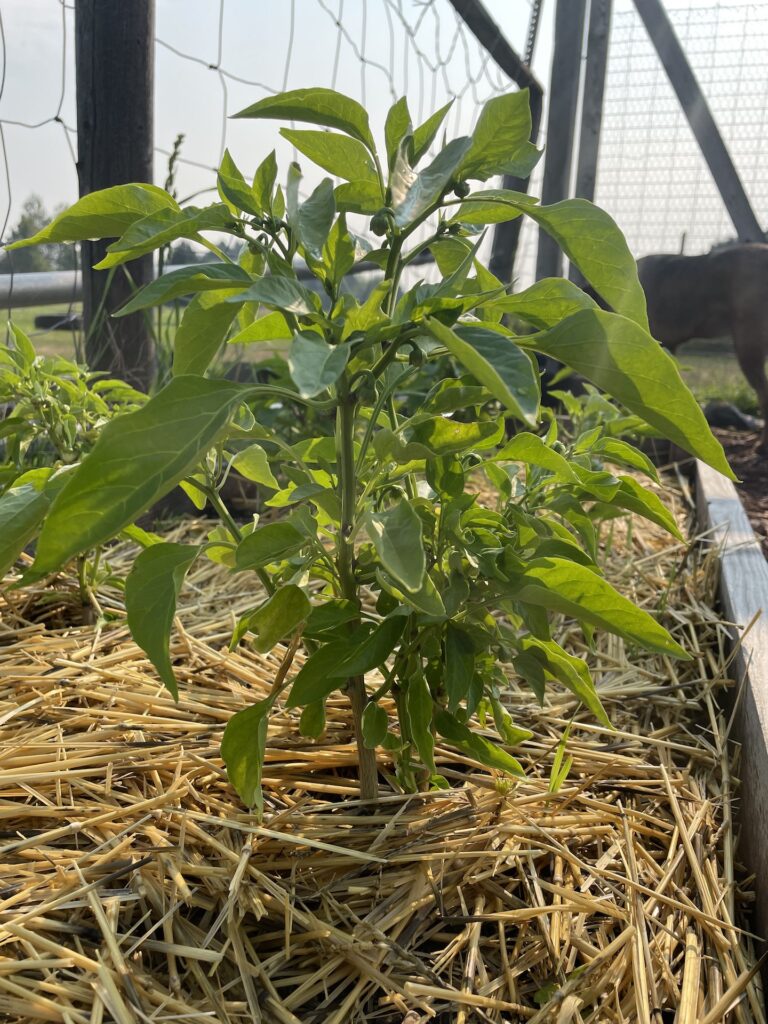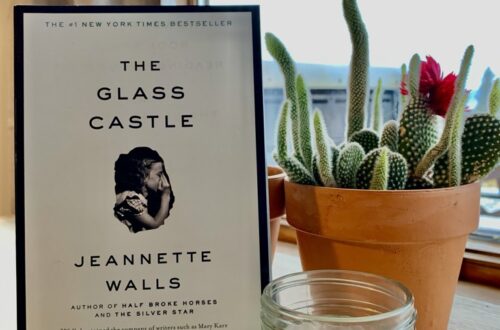The Benefits of Straw
I started around 36 pepper plants this year, this included bell peppers, jalapeños, banana peppers, and habanero peppers. Of course, I did not transplant all of those into my garden, I gave some of them away and some of them just didn’t make it (which is to be expected.)
However, I transplanted all of my plants the first week of June, after the fear of frost had passed. My pepper plants were just really unhappy. All of them sunburnt and just had a hard time adjusting to the balmy 75 degree indoor garden room they were in to the harsh elements of outside.
A Tip: Always harden off your plants for a few days before transplanting. Typically, start with a couple hours the first day, a couple more the second day, and so on and so forth until your starter plants spend the whole day outdoors.
Continuing on… Needless to say their growth was stunted compared to all of the other plants I had transplanted including the tomato plants which was odd because tomato plants are usually the most finicky in the garden. They were being watered for about 5 hours every night, it was warm, but they just weren’t growing.
Luckily, my good friend’s mom from Iowa came out to visit her and she’s a big gardening lady herself so I showed her my pepper plants and immediately she told me to put straw down and at least three inches of straw at that.
DUH! I cannot believe I didn’t think of that. While, the plants were getting plenty of water, the soil was not maintaining moisture.
Soil moisture can be affected by a variety of elements, wind, heat, and humidity are the most common ones.
Flash forward a couple days later, which is now mid-July, I bought two straw bales, put three inches of straw done where my pepper plants were planted and viola! they are now beginning to become bushy…FINALLY.
While, I’m figuring this is going to affect the production of the plants, I am just glad to know what the issue was. A variety of other things can be used in lieu of straw. Wood chip mulch (be sure to get plain wood mulch, the dyed kind can release chemicals into your soil) being the most popular. Even grass clippings from mowing the lawn will do the trick in a pinch.
Pictured below are the pepper plants. I should have been more prepared and got a before and after, but the picture on the far left are one of the pepper plants that are unlikely to produce due to the stress of not having enough moisture. The picture in the middle is just to show you what the straw looks like and give you and idea of how much is there. The picture on the far rights is of a pepper plant that has a bell pepper already coming in.




You May Also Like
